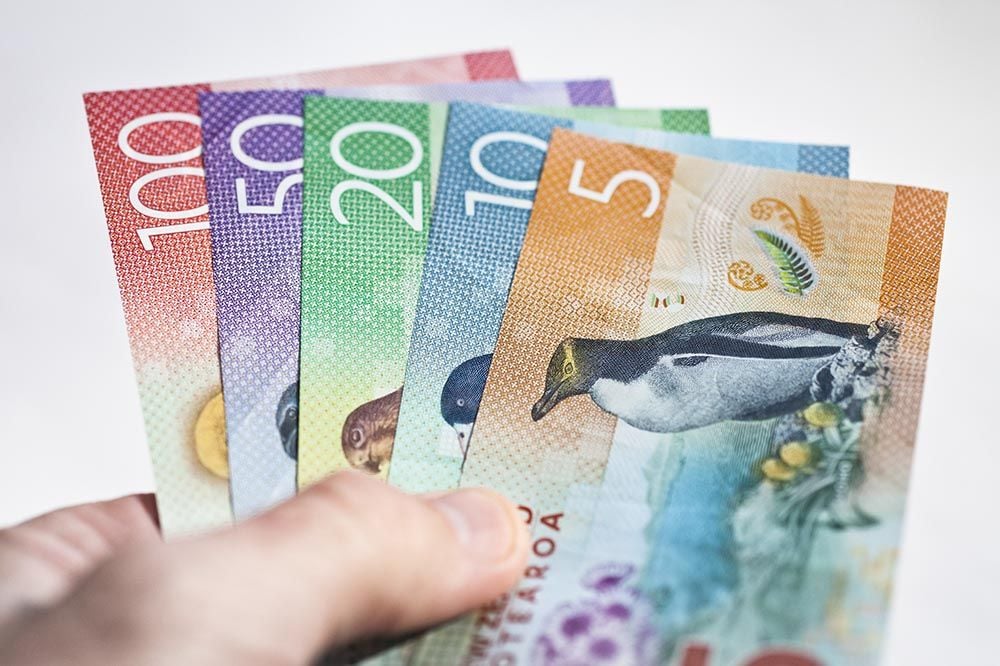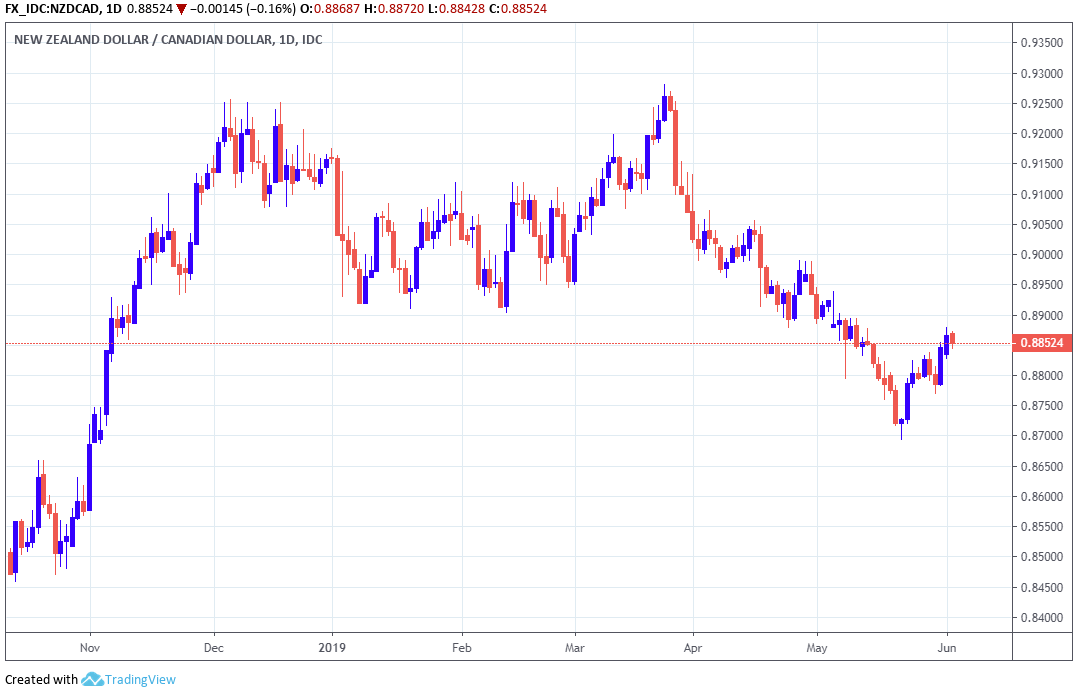The New Zealand Dollar is Now Seen as Attractive by Analysts
- Written by: James Skinner
-

© Adobe Stock
- NZD draws interest from analysts despite looming RBNZ cuts.
- Kiwi "fundamentally undervalued" says Bank of America analyst.
- MUFG forecasts NZD/USD gains and GBP/NZD losses for 2019.
The New Zealand Dollar has received a pasting this year but its fortune could now be turning for the better because, even with the market fearing another interest rate cut, analysts are forecasting a recovery and telling their clients to buy the currency.
New Zealand's Dollar is down more than 2% for 2019 and has fallen more than 5% in the last 12 months but the Antipodean unit has already seen its nadir and should recover some of that lost ground before year-end, forecasts from global banking giant MUFG suggest.
It's not only the analysts at MUFG who're eyeing the Kiwi currency with interest, as Bank of America Merrill Lynch this week described it as on one of the things "we particularly like right now".
"NZD is fundamentally undervalued and the biggest short in G10 FX. We think this is unsustainable," says Athanasios Vamvakidis, a strategist at the bank.
Bank of America told clients in November 2018 they should consider betting on an increase in the New Zealand Dollar relative to the Canadian Dollar this year, although the exchange rate has declined a little more than half a percent since then. This week the bank began flagging the idea again.
Vamvakidis' idea is that with the New Zealand Dollar 'undervalued' and the market still betting against it, a 'short-squeeze' will force the NZD/CAD rate up from 0.8975 Tuesday to 0.96 later in 2019. MUFG begs to differ with that idea as its forecasts suggest NZD/CAD will remain around 0.89 until year-end, but the Japanese firm does tip the Kiwi to rise against both the U.S. Dollar and Pound Sterling before the curtain closes on 2019.

Above: NZD/CAD rate shown at daily intervals.
"The New Zealand dollar depreciation in May was modest and highlighted the fact that monetary easing by the RBNZ was well priced," says Derek Halpenny, head of research at MUFG. "Growth is forecast to rebound to 3.3% by mid-2020. That’s above the estimated trend growth rate of 2.8%. As a result, the RBNZ removed the bias to ease further and noted a “more balanced outlook”."
Both sets of commentary come less than a month after the Reserve Bank of New Zealand (RBNZ) cut its cash rate to a new record low of 1.5%, citing below-target inflation and a souring economic outlook that dashed its hopes of seeing the consumer price index rise above the midpoint of the 1%-to-3% target.
Financial markets have since been betting heavily that the bank will cut interest rates at least once more before the year is out, which is why MUFG is forecasting an increase in value for the New Zealand Dollar.
Interest rate decisions are normally only made in relation to the outlook for inflation but have influence over capital flows, which tend to move in the direction of the most advantageous or improving returns.
A threat of lower rates can see investors driven out of and deterred away from a currency but in the case of the New Zealand Dollar, financial markets have already taken another rate cut to the bank, which means the currency might not fall if another cut is delivered.
"With US-China trade conflict risks rising we are not convinced that just one rate cut will be the key to returning New Zealand to above potential growth. Market participants also appear sceptical. The OIS curve indicates a further 25bp cut is now fully priced over the coming twelve months," Halpenny says.
Above: NZD/USD rate shown at daily intervals.
There are reasons for markets to think the RBNZ might need to cut its interest rate further before year is out. Two of the most significant are the RBNZ plans to have domestic lenders radically increase the amount of rainy-day reserves they hold and the other is President Donald Trump's trade war with China.
The capital plan will reduce profits in the sector if it goes ahead in the final quarter, which could force lenders to raise their variable mortgage rates in order to recoup the lost profits. Such a move would risk sapping demand from the economy and further reducing inflation pressures if not met with a matching interest rate cut.
President Trump's trade war, which escalated significantly in May, could adversely impact the New Zealand economy and Dollar because of the nation's close bilateral trade relationship.
China is the largest buyer of New Zealand's agricultural exports and the Kiwi, given it's underwritten by commodities trade, moves like a so-called risk asset on the currency market.
"If the RBA cut twice and if China growth decelerates and tensions with the US remain high, another RBNZ rate cut looks plausible to us. But like Australia, with that priced, we do not see a big downside move for NZD from here," Halpenny says, in MUFG's monthly review of currency markets.
Halpenny and the MUFG team forecast the NZD/USD rate will rise from 0.65 Tuesday to 0.68 before year-end and that the Pound-to-New-Zealand-Dollar rate will decline from 1.92 to 1.88 at the same time.
Above: Pound-to-New-Zealand-Dollar rate shown at daily intervals.
Time to move your money? Get 3-5% more currency than your bank would offer by using the services of foreign exchange specialists at RationalFX. A specialist broker can deliver you an exchange rate closer to the real market rate, thereby saving you substantial quantities of currency. Find out more here. * Advertisement
